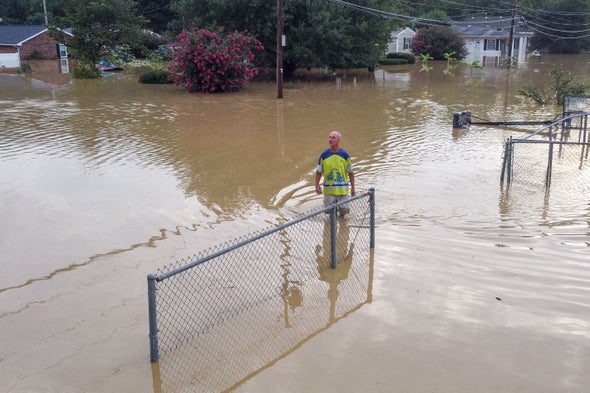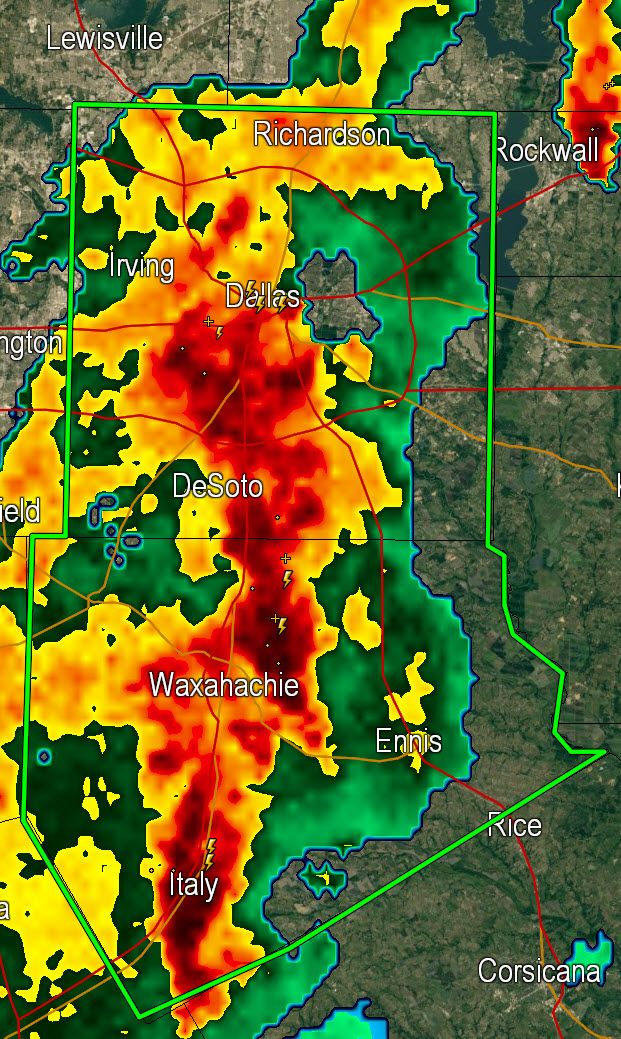Flash Flood Emergency: Definition, Causes, And Prevention

Table of Contents
Understanding Flash Flood Emergencies: Definition and Characteristics
Defining a Flash Flood:
A flash flood is a rapid and sudden rise in water level within a short period, typically less than six hours. This intense rainfall event overwhelms drainage systems, leading to a dangerous and unpredictable increase in water volume. Unlike slower-onset floods, flash floods provide minimal warning time, making rapid response crucial. Key characteristics include rapid onset flooding, intense rainfall, and overwhelmed drainage systems, leading to significant and immediate danger.
Characteristics of a Flash Flood Emergency:
- Sudden and rapid rise in water levels: Water levels can increase dramatically in a matter of minutes.
- Fast-moving water: The speed and force of flash flood waters make them exceptionally dangerous.
- Limited visibility: Heavy rainfall and debris reduce visibility, hindering escape and rescue efforts.
- Debris in the water: Flooding waters often carry debris like trees, vehicles, and building materials, increasing the risk of injury and damage.
- Potential for significant damage to property and infrastructure: Flash floods can cause extensive damage to homes, businesses, roads, and bridges.
Flash floods differ from regular floods, which develop more slowly and often provide more time for preparation and evacuation. Geographical areas prone to flash floods include mountainous regions, arid and semi-arid areas with infrequent but intense rainfall, and urban areas with inadequate drainage systems. Examples include canyons and desert washes in the southwestern United States, and areas with steep slopes globally.
Causes of Flash Flood Emergencies: Identifying the Risk Factors
Intense Rainfall:
The primary cause of flash floods is intense rainfall occurring over a short period. Thunderstorms, particularly those producing torrential downpours, are major culprits. Monsoons, characterized by prolonged periods of heavy rainfall, can also trigger devastating flash floods. The sheer volume of water overwhelms the capacity of natural and artificial drainage systems, leading to rapid water accumulation.
Geographic Factors:
Several geographic factors increase vulnerability to flash floods:
- Steep slopes: Water flows much faster down steep slopes, leading to rapid accumulation in low-lying areas.
- Mountainous terrain: Mountainous regions often experience intense rainfall and rapid runoff due to their topography.
- Impermeable soil: Soil that cannot absorb water efficiently contributes to increased surface runoff.
- Urbanization: Increased paved surfaces and reduced green spaces in urban areas increase runoff and exacerbate flooding.
- Deforestation: The removal of trees reduces the land's ability to absorb rainfall, leading to higher runoff and increased flood risk.
Soil saturation from previous rainfall (antecedent precipitation) significantly increases the risk, as the ground is already unable to absorb additional water.
Dam Failures and Other Human Factors:
While natural factors are often the primary cause, human activities can contribute to flash flood emergencies. Dam failures, levee breaches, and inadequate drainage infrastructure can drastically increase the risk and severity of flash floods. Improper land use practices, such as construction in floodplains, can also compound the problem.
Preventing Flash Flood Emergencies: Mitigation and Preparedness
Personal Preparedness:
Individual preparedness is crucial in mitigating the impact of flash floods:
- Develop an emergency plan: Identify potential risks, evacuation routes, and meeting points for family members.
- Create a go-bag: Pack essential supplies, including water, food, medications, first-aid kit, and important documents.
- Know your evacuation routes: Familiarize yourself with the fastest and safest escape routes from your home and workplace.
- Sign up for weather alerts: Register for emergency alerts from your local weather service and emergency management agency.
- Monitor weather forecasts regularly: Stay informed about weather conditions and heed any warnings or advisories.
Community-Level Prevention:
Community-level efforts play a vital role in flash flood prevention:
- Effective drainage systems: Well-maintained and adequately sized drainage systems are crucial for managing water runoff.
- Land-use planning: Careful land-use planning that restricts development in floodplains and promotes green spaces can reduce flood risks.
- Reforestation efforts: Planting trees and restoring vegetation helps increase the land's water absorption capacity.
- Community education programs: Educating the public about flash flood risks and preparedness measures is essential.
Governmental Role in Flash Flood Prevention:
Governments play a critical role in flash flood prevention through:
- Early warning systems: Effective early warning systems are crucial for providing timely alerts to at-risk populations.
- Flood control infrastructure: Investment in flood control infrastructure, such as dams, levees, and retention basins, is vital for managing water flow.
- Emergency response planning: Well-coordinated emergency response plans ensure efficient and effective response during flash flood events.
Conclusion
Understanding flash flood emergencies, their causes, and prevention strategies is paramount for ensuring safety and minimizing damage. From intense rainfall and geographic factors to human-induced vulnerabilities, recognizing these risks is the first step toward effective prevention. Personal preparedness, including developing an emergency plan and creating a go-bag, is crucial. Furthermore, community-level initiatives and governmental action are essential for building resilient communities and mitigating the impact of flash floods. Take proactive steps to enhance your flash flood safety, improve your flash flood awareness, and strengthen your flash flood preparedness. For more information and resources, visit your local emergency management agency website and the National Weather Service. Remember, being prepared can save lives.

Featured Posts
-
 Uk Inflation Slowdown Impact On Pound And Boe Rate Cut Expectations
May 25, 2025
Uk Inflation Slowdown Impact On Pound And Boe Rate Cut Expectations
May 25, 2025 -
 Ai Ar
May 25, 2025
Ai Ar
May 25, 2025 -
 Naomi Kempbell 55 Rokiv Ikoni Podiumu
May 25, 2025
Naomi Kempbell 55 Rokiv Ikoni Podiumu
May 25, 2025 -
 Sixth Century Vessel Unearthed At Sutton Hoo Analyzing Its Use In Cremation Burials
May 25, 2025
Sixth Century Vessel Unearthed At Sutton Hoo Analyzing Its Use In Cremation Burials
May 25, 2025 -
 Flash Flood Warning Texas North Central Texas Under Downpour Alert
May 25, 2025
Flash Flood Warning Texas North Central Texas Under Downpour Alert
May 25, 2025
Latest Posts
-
 Iga Swiatek Overcomes Slow Start To Set Up Gauff Semifinal Clash In Madrid
May 25, 2025
Iga Swiatek Overcomes Slow Start To Set Up Gauff Semifinal Clash In Madrid
May 25, 2025 -
 Jerome Powell On Tariffs A Threat To Fed Goals
May 25, 2025
Jerome Powell On Tariffs A Threat To Fed Goals
May 25, 2025 -
 From 0 6 To Semifinal Swiateks Resilience Shines In Madrid
May 25, 2025
From 0 6 To Semifinal Swiateks Resilience Shines In Madrid
May 25, 2025 -
 Strong Starts For Alcaraz And Sabalenka At The Italian Open
May 25, 2025
Strong Starts For Alcaraz And Sabalenka At The Italian Open
May 25, 2025 -
 Swiatek Fights Back To Defeat Keys Reaches Madrid Semifinal
May 25, 2025
Swiatek Fights Back To Defeat Keys Reaches Madrid Semifinal
May 25, 2025
